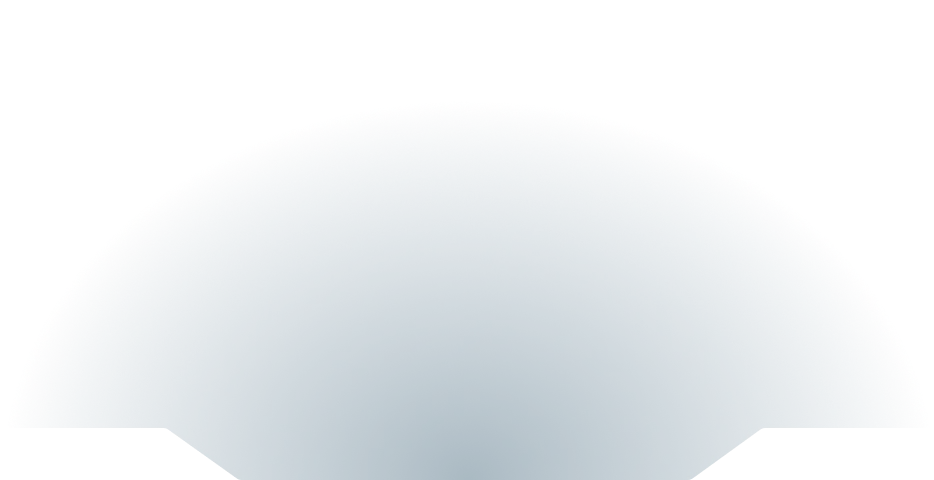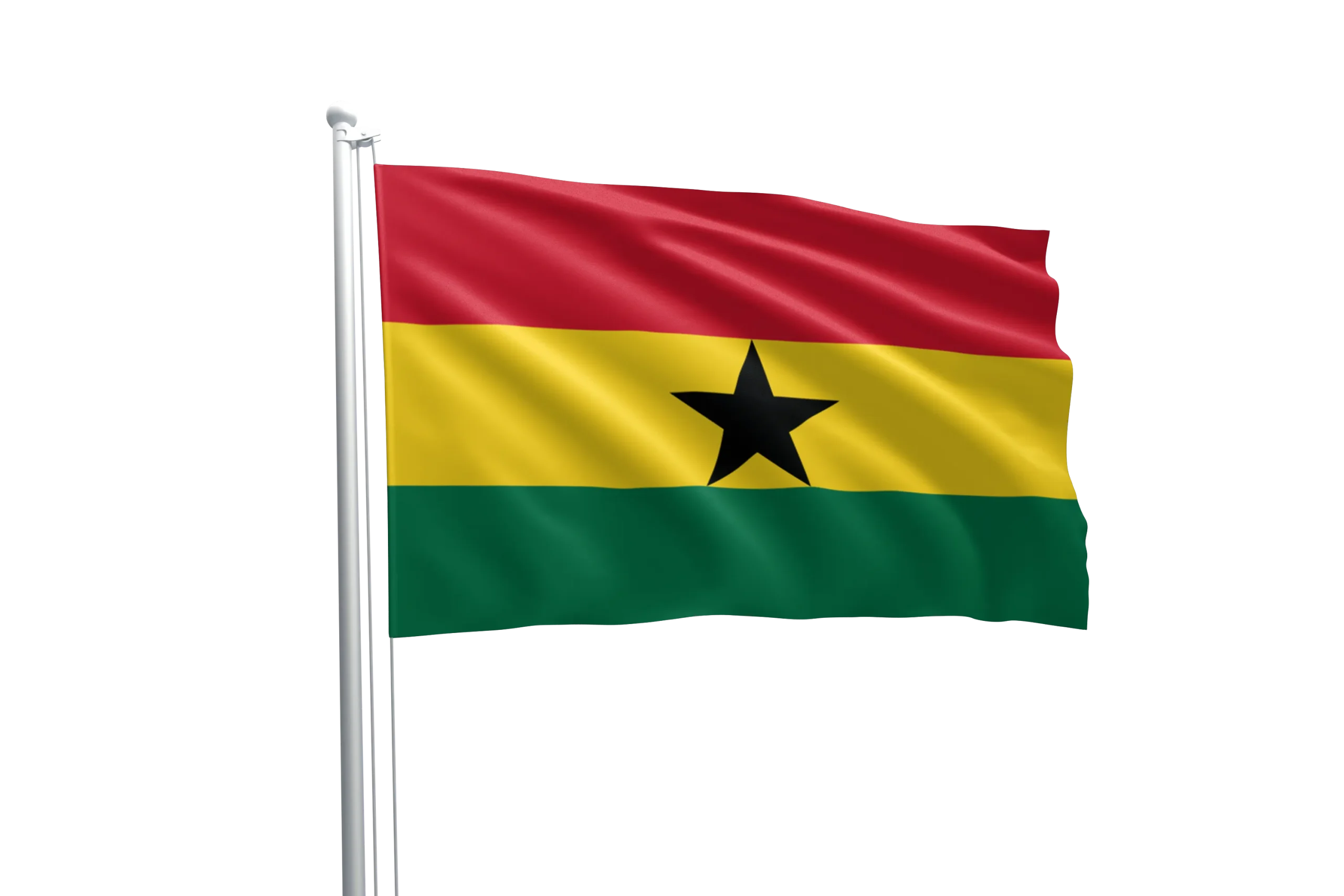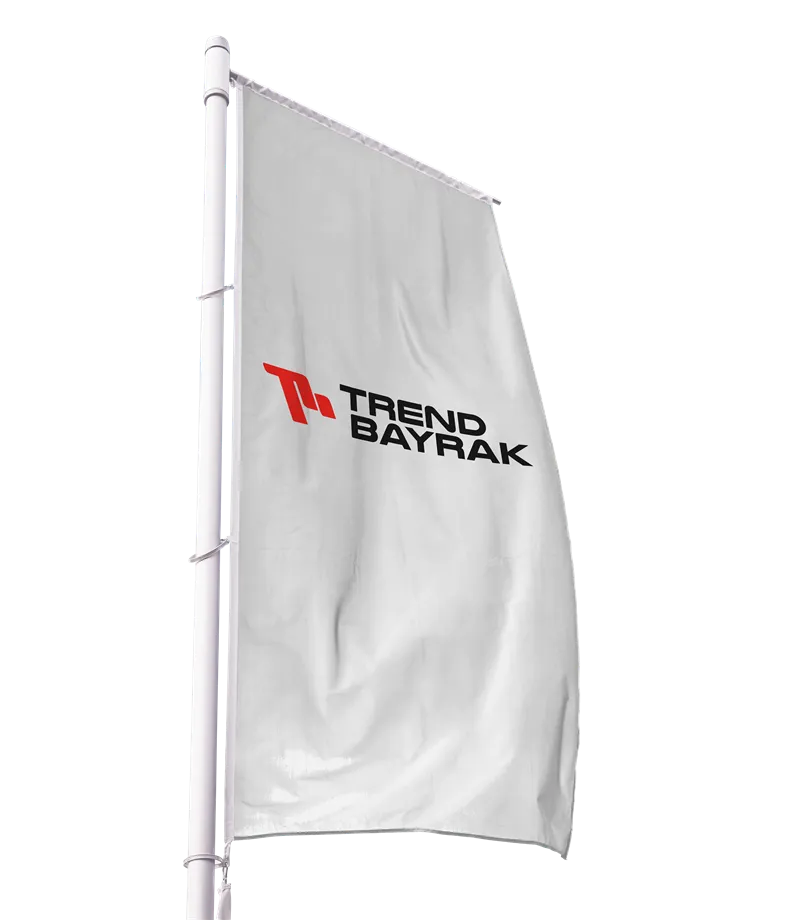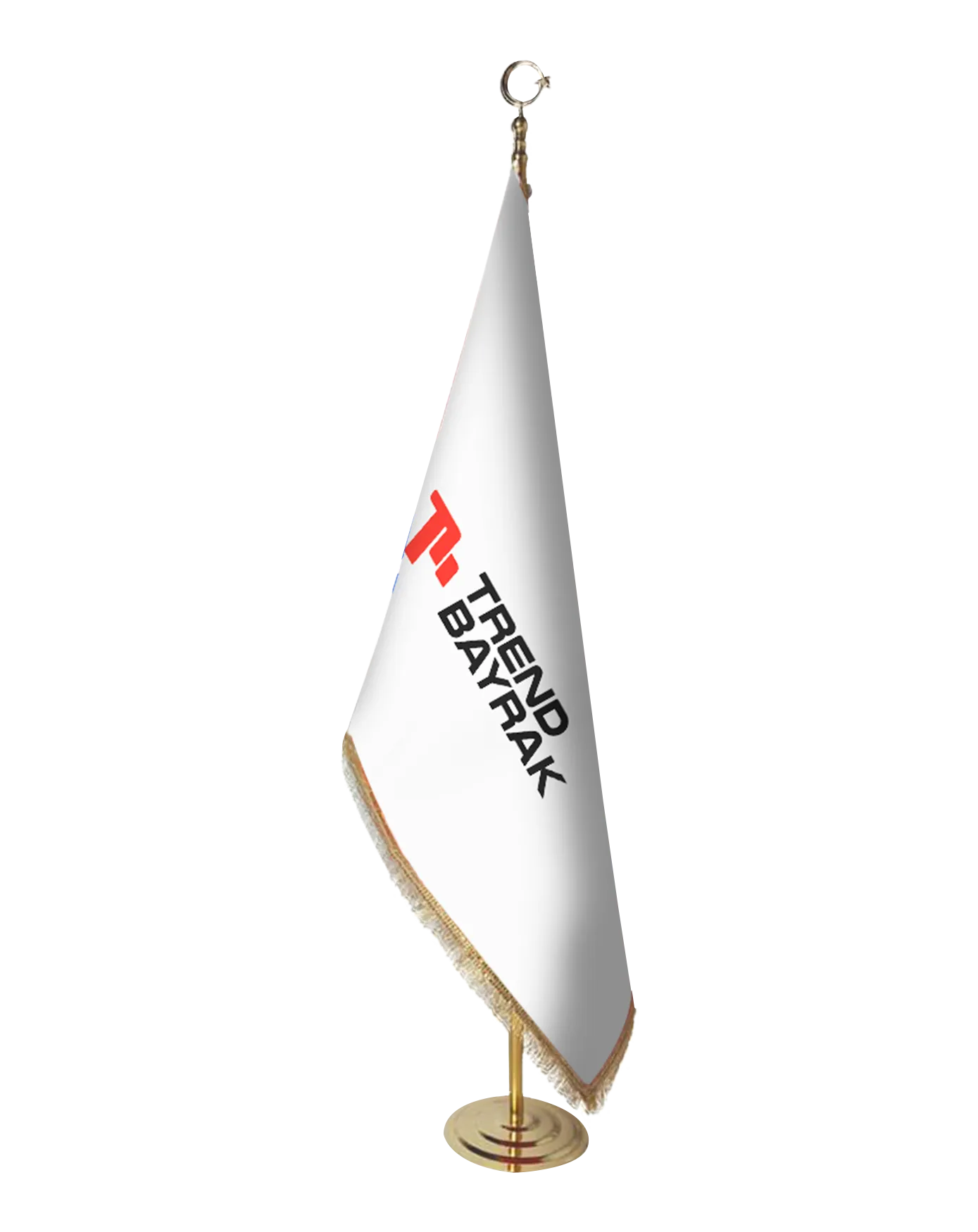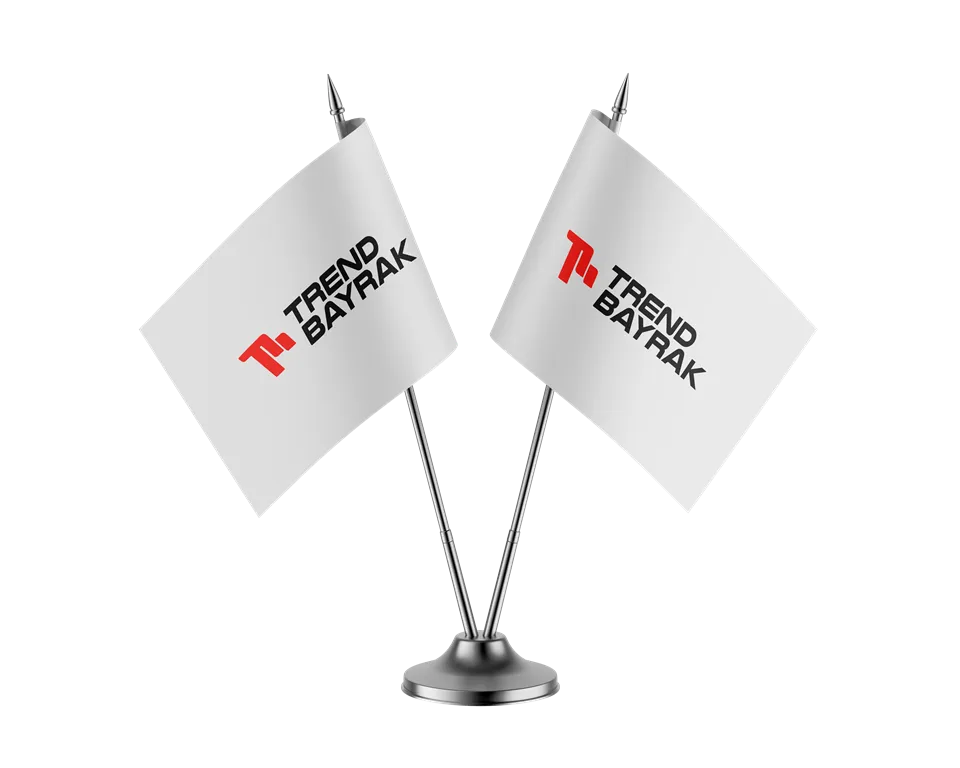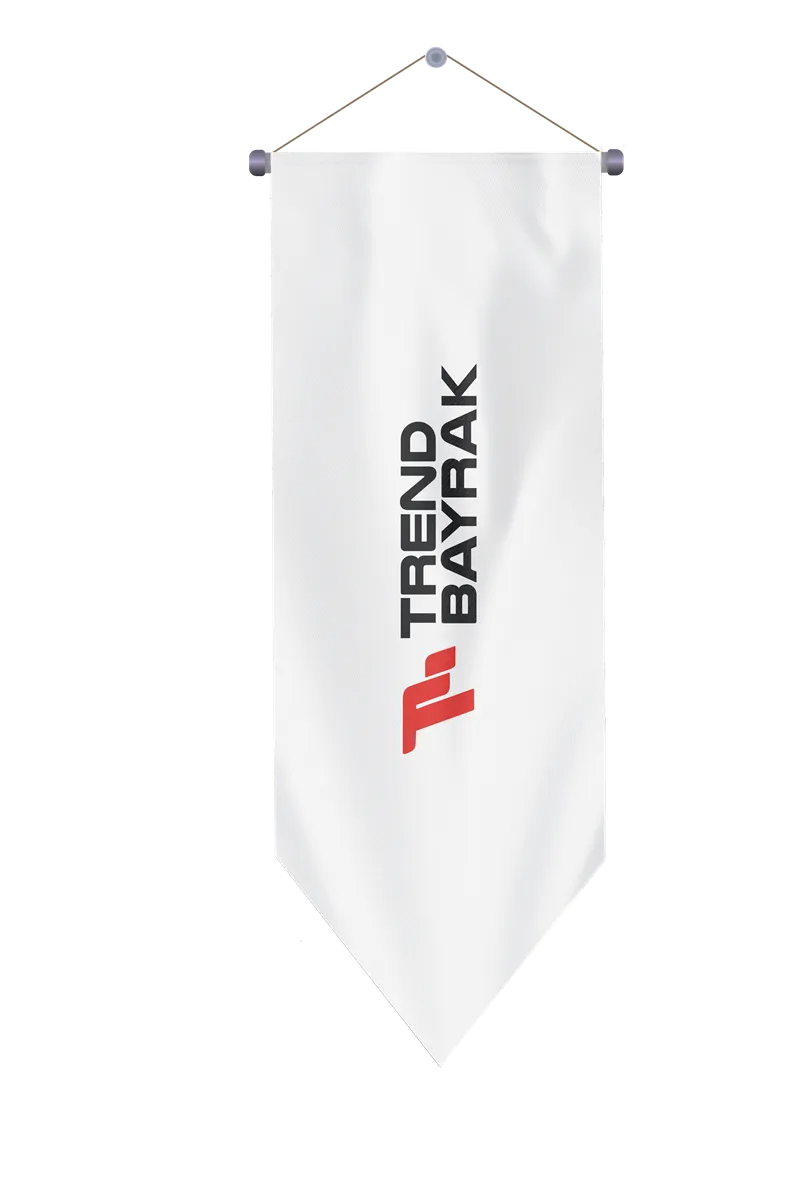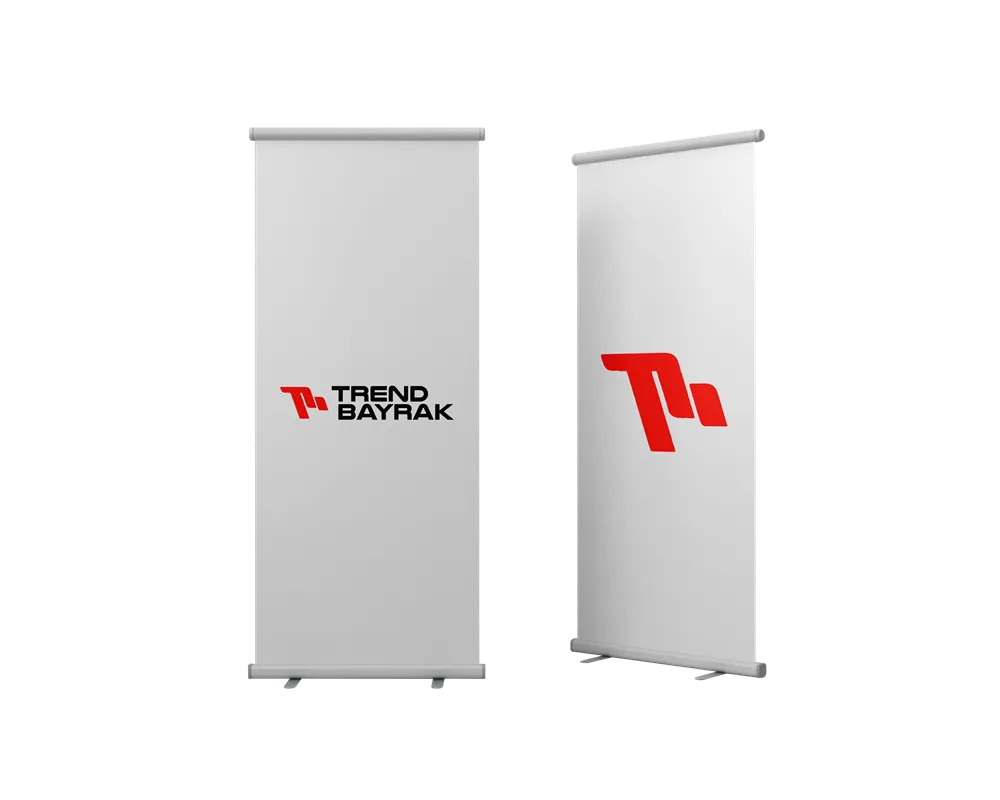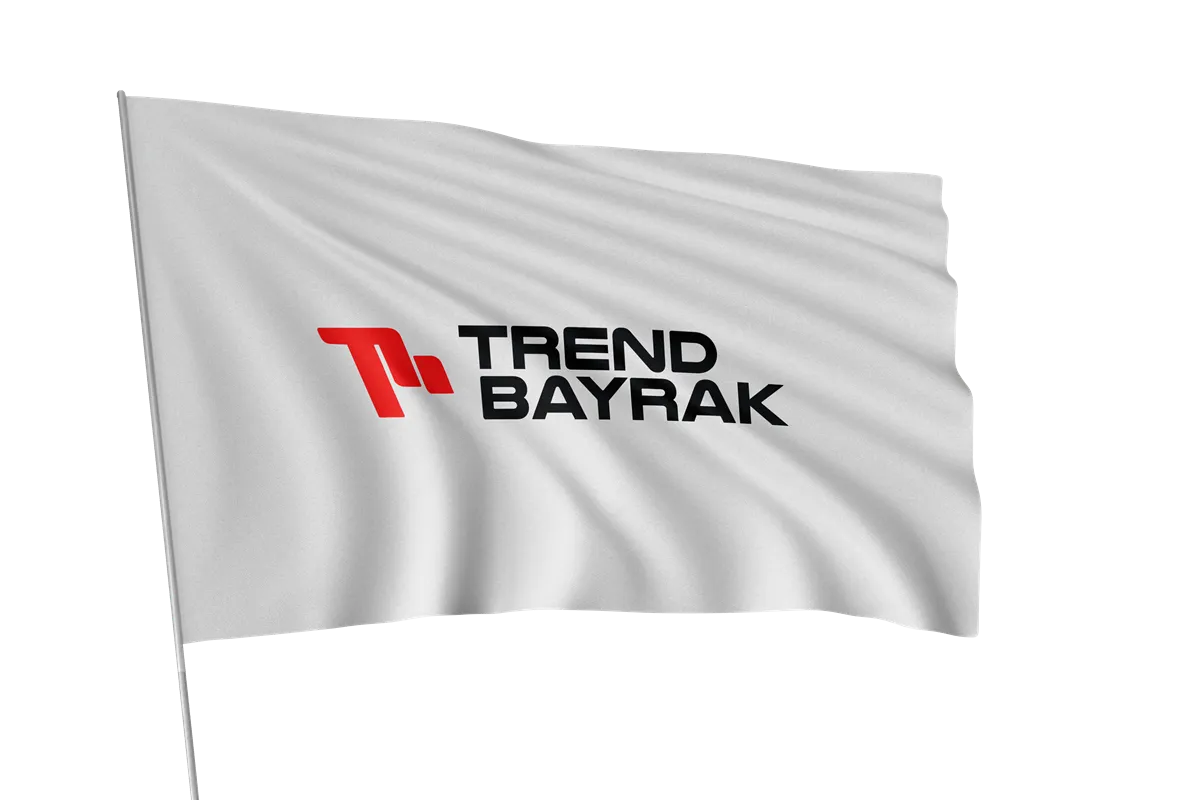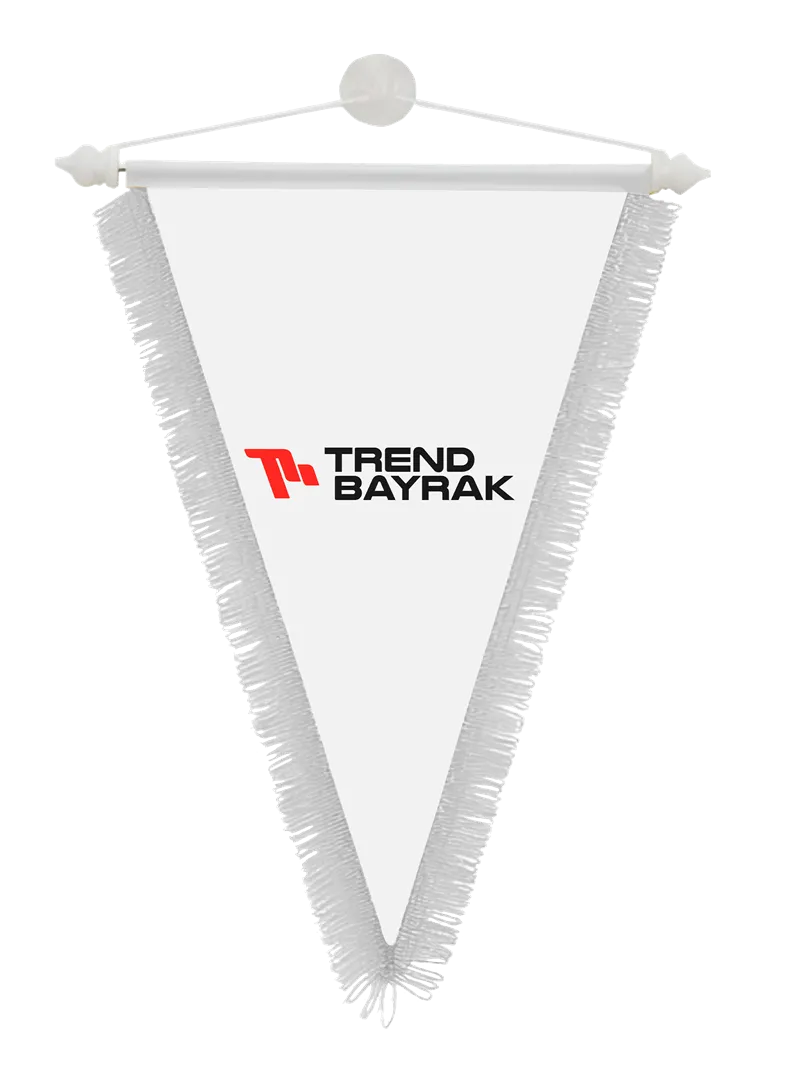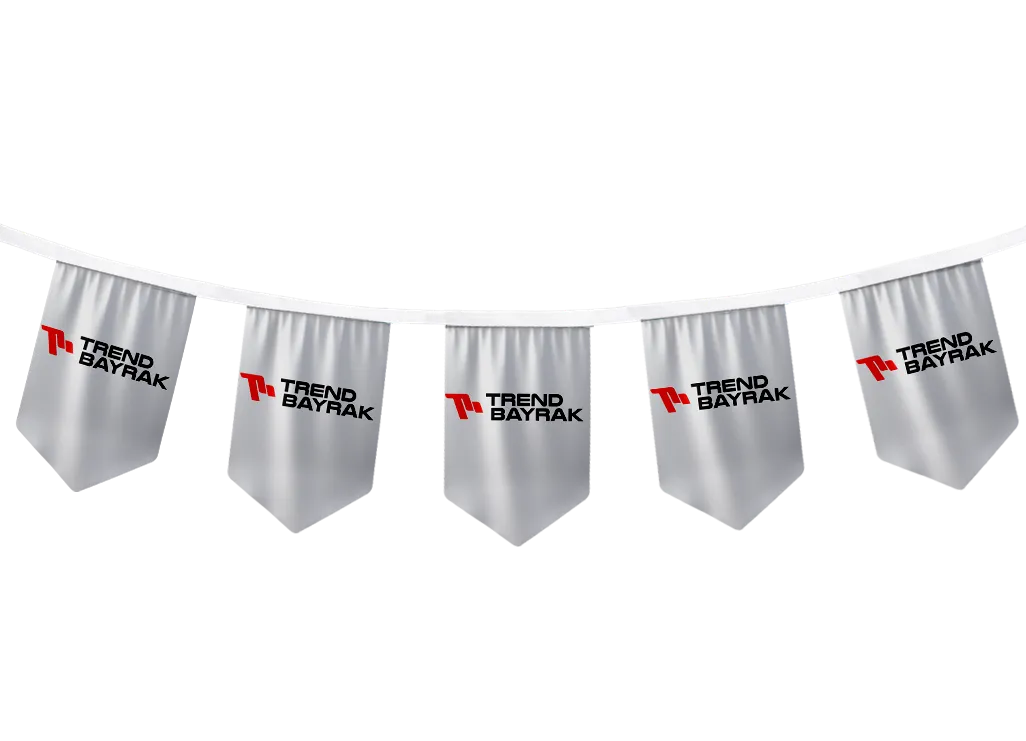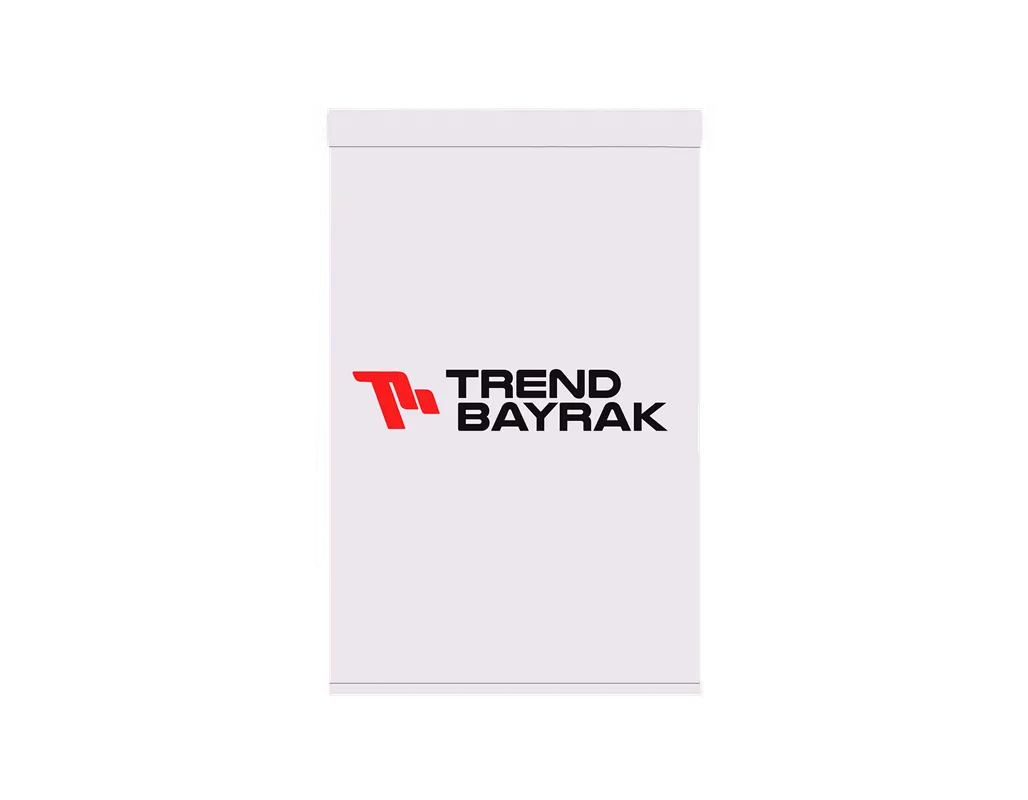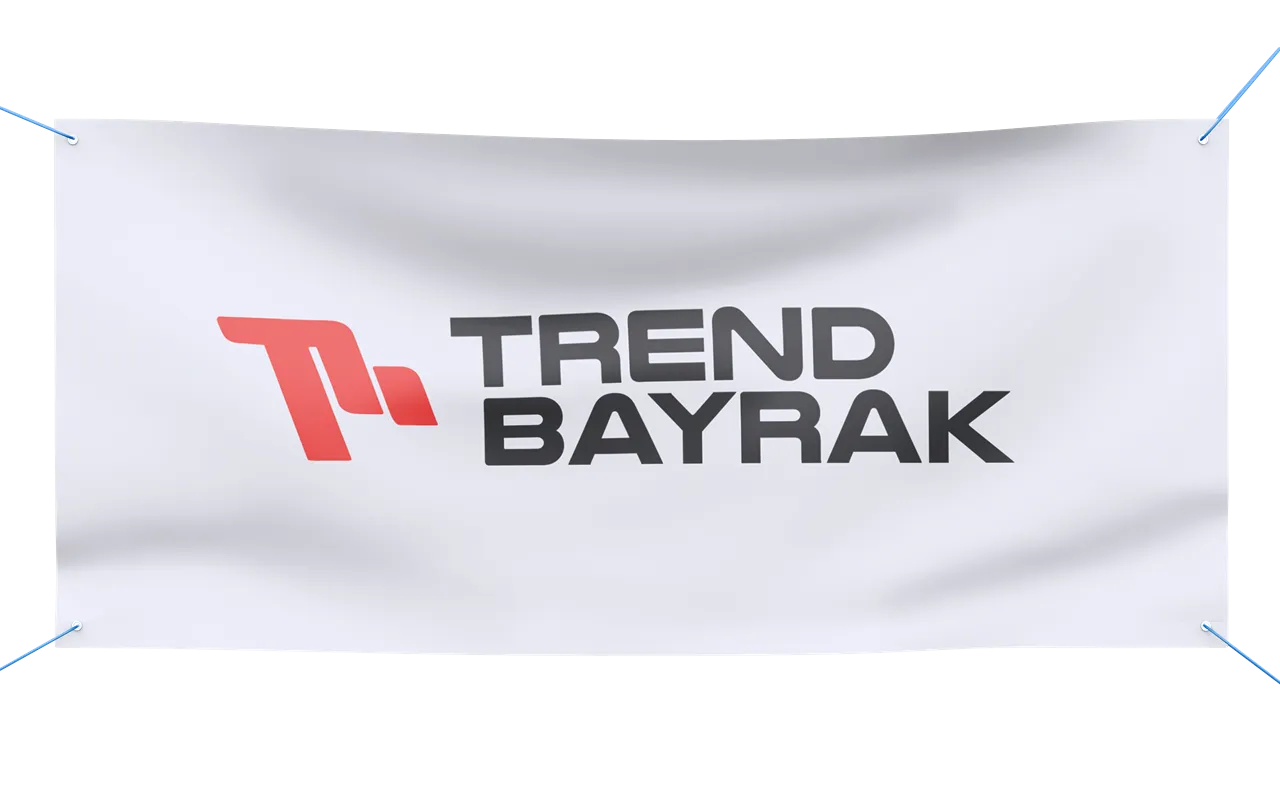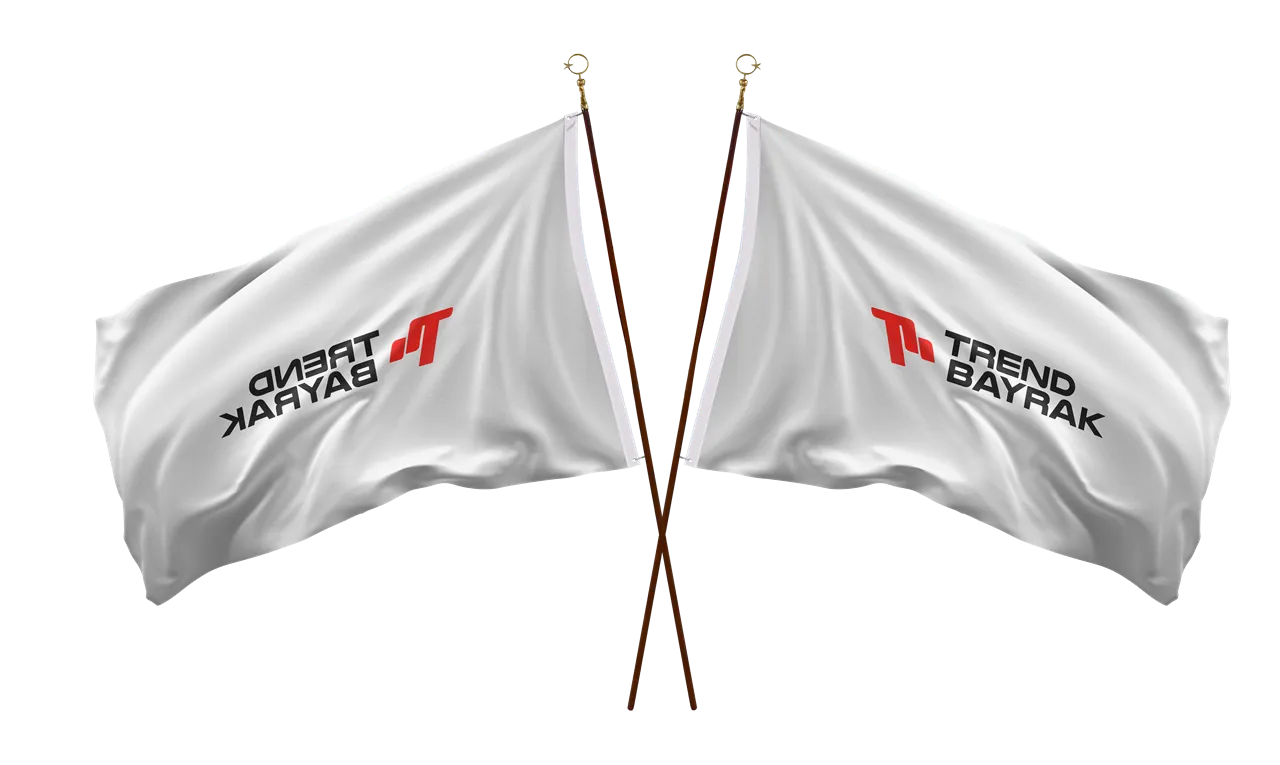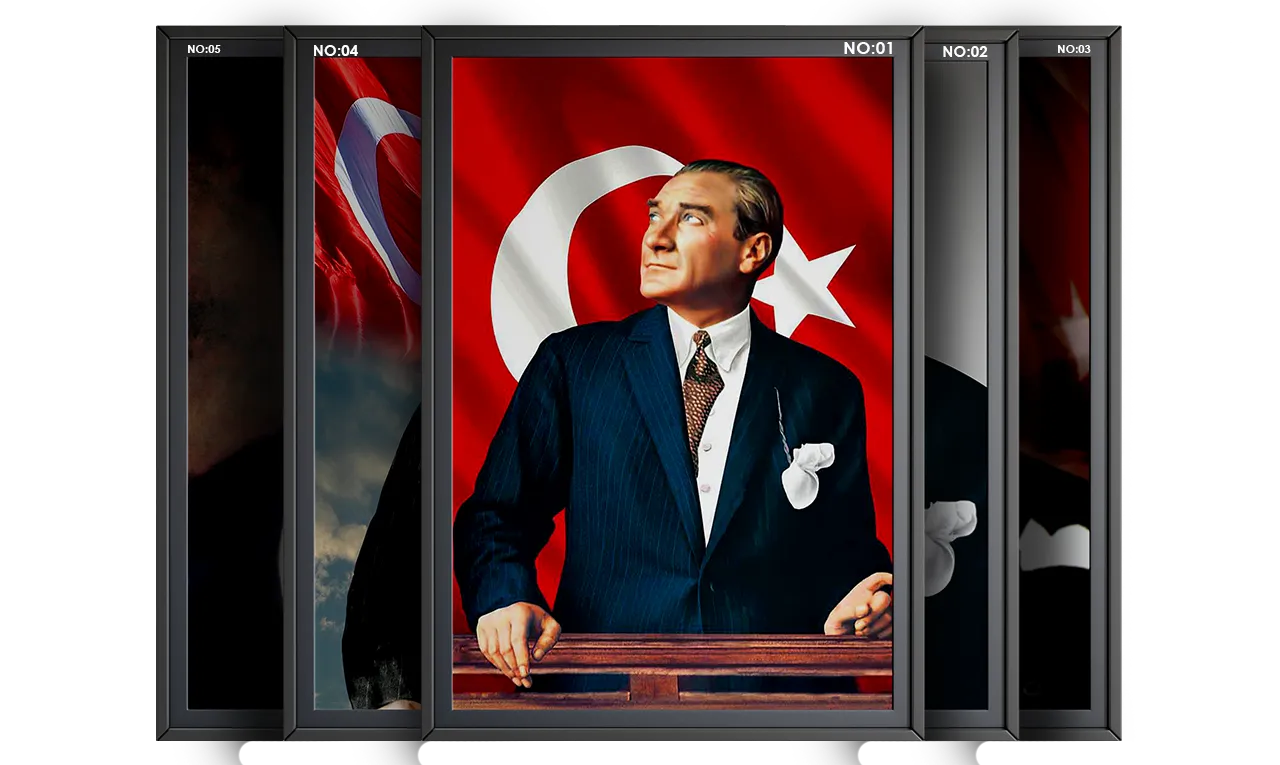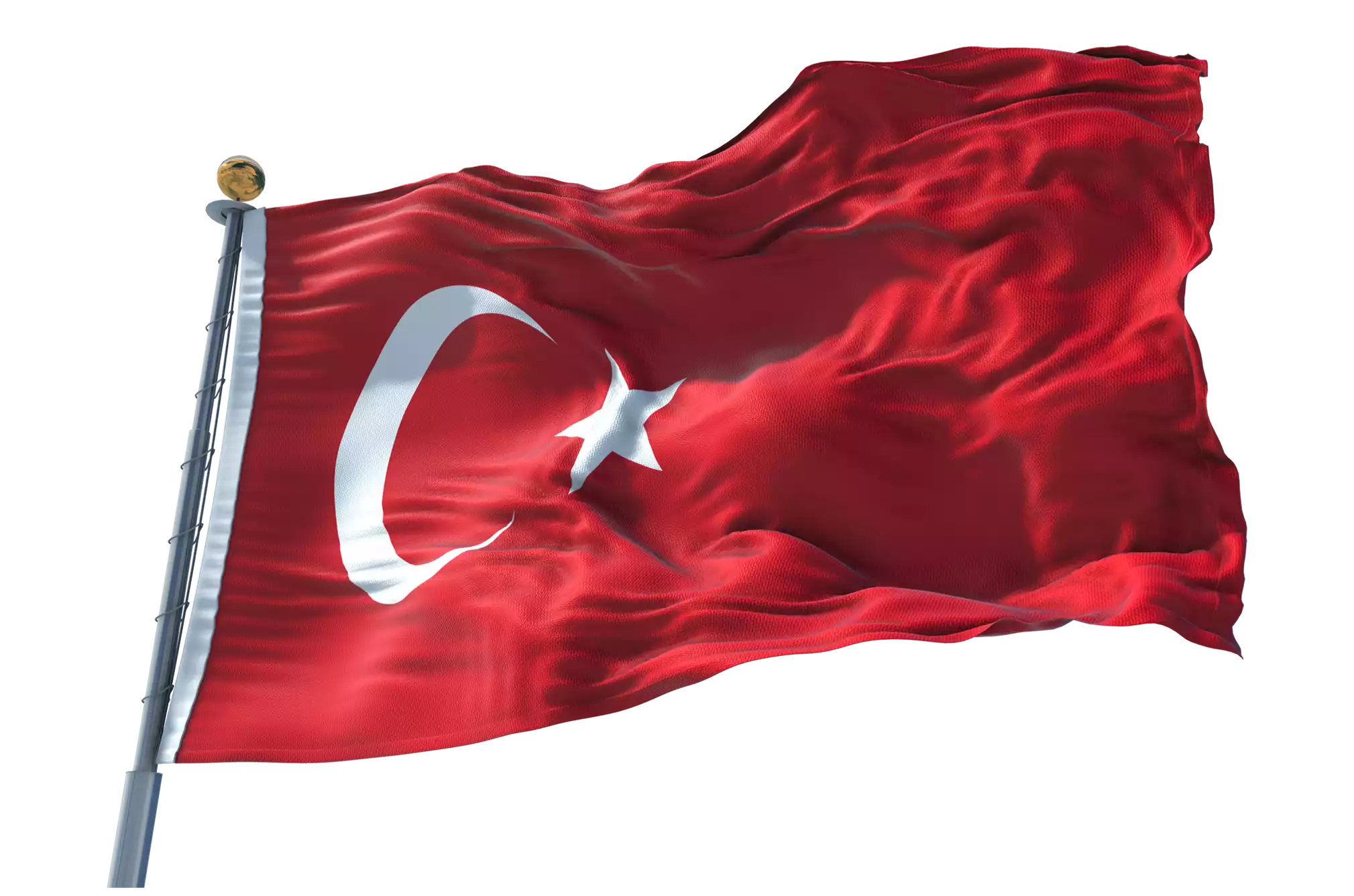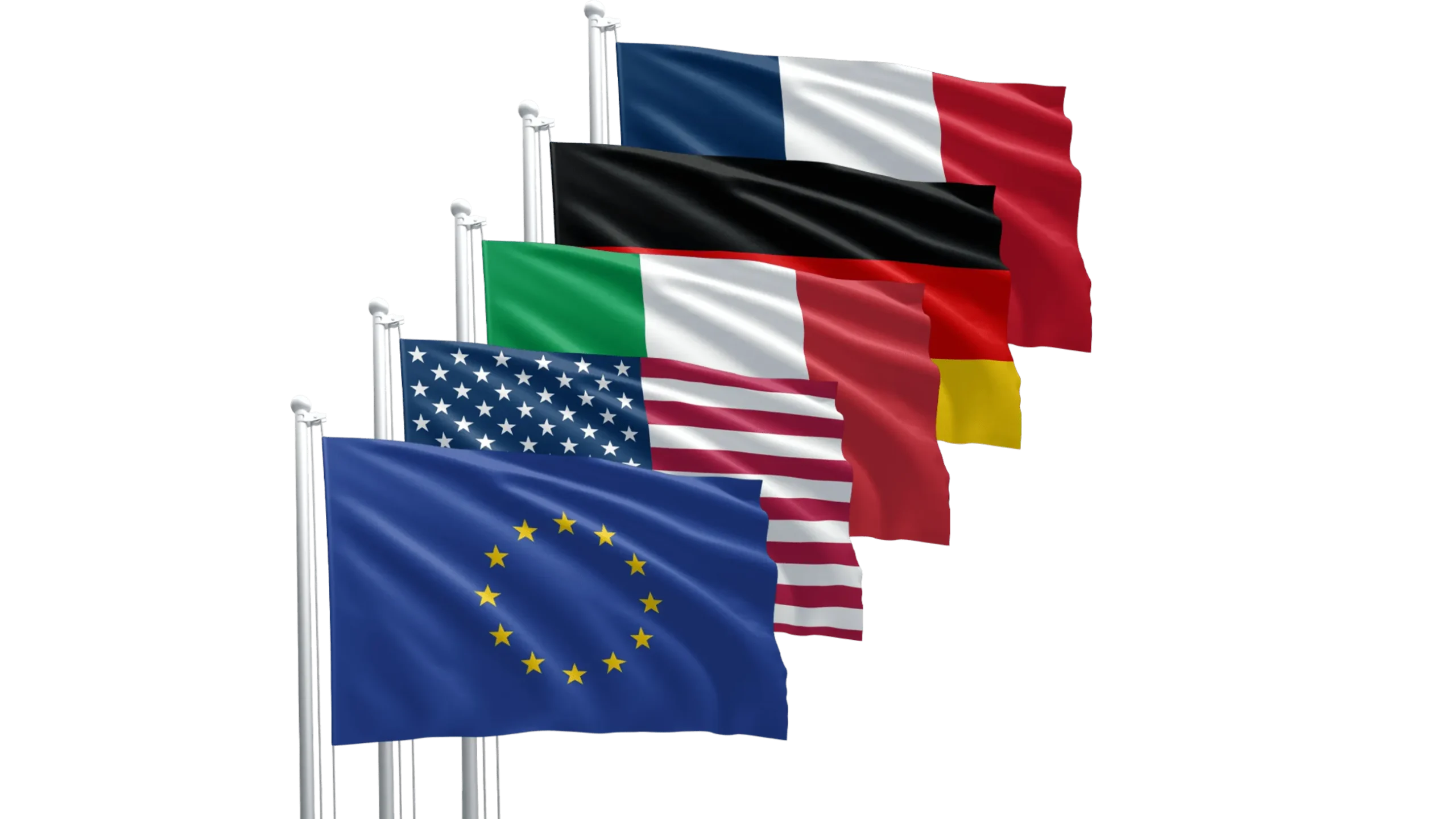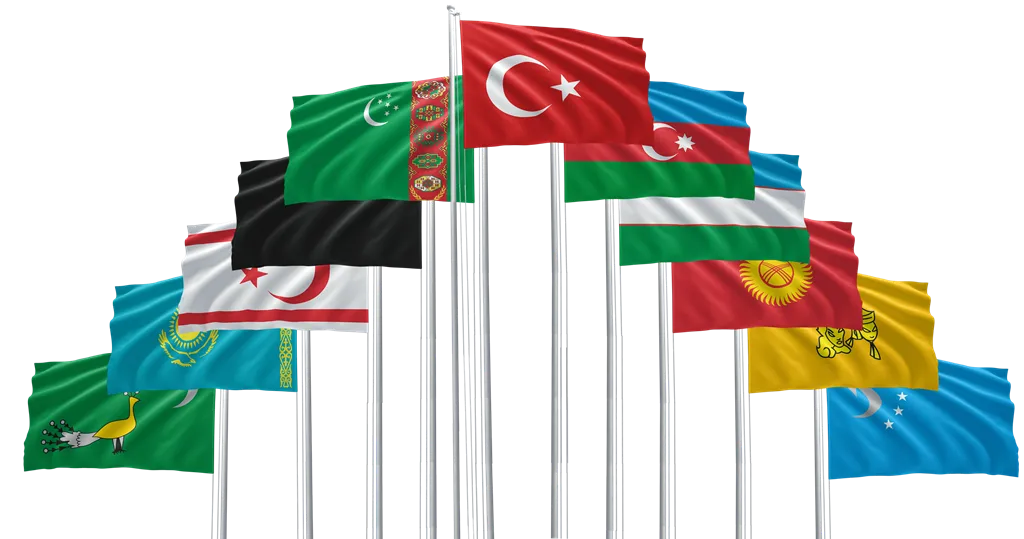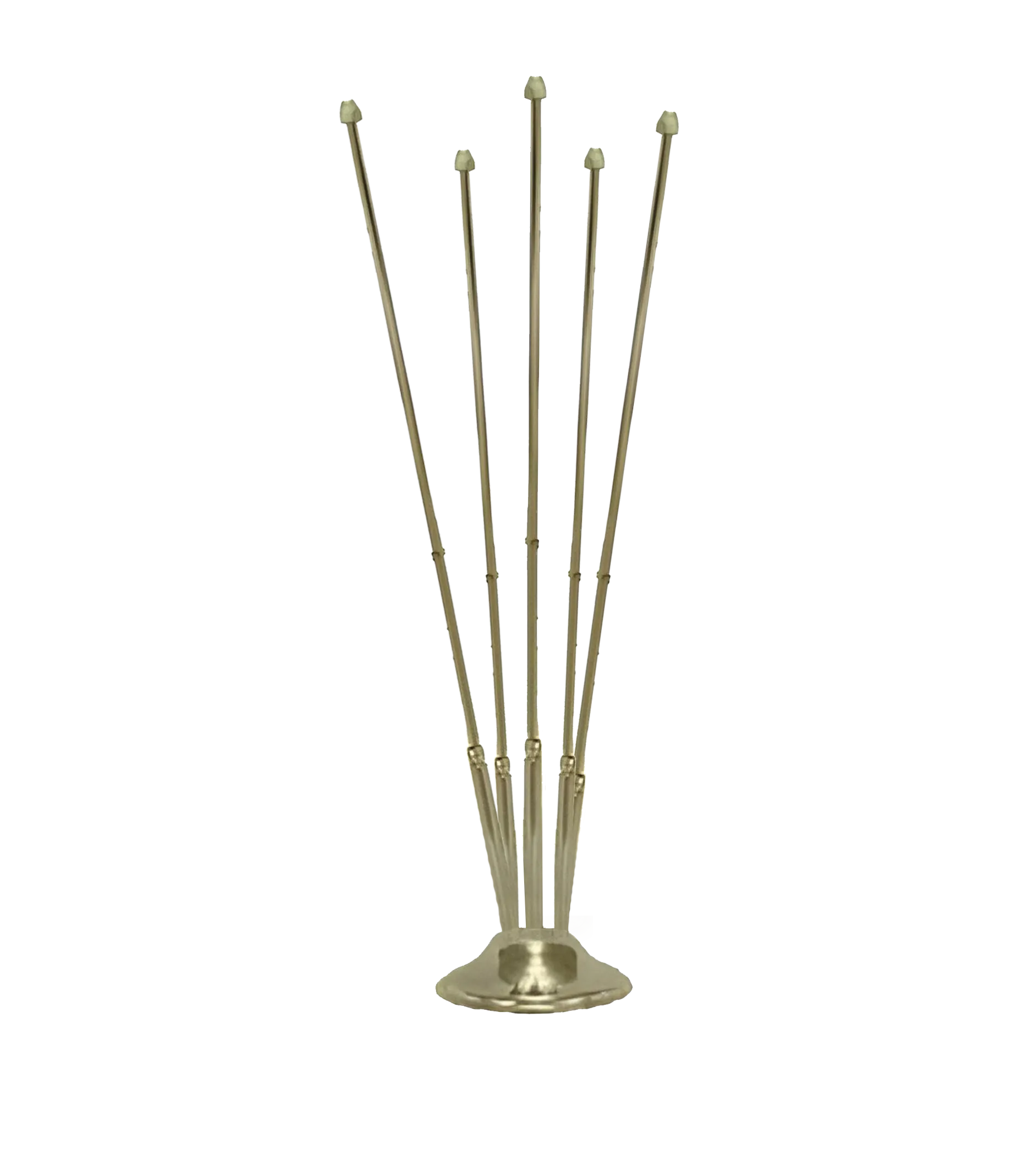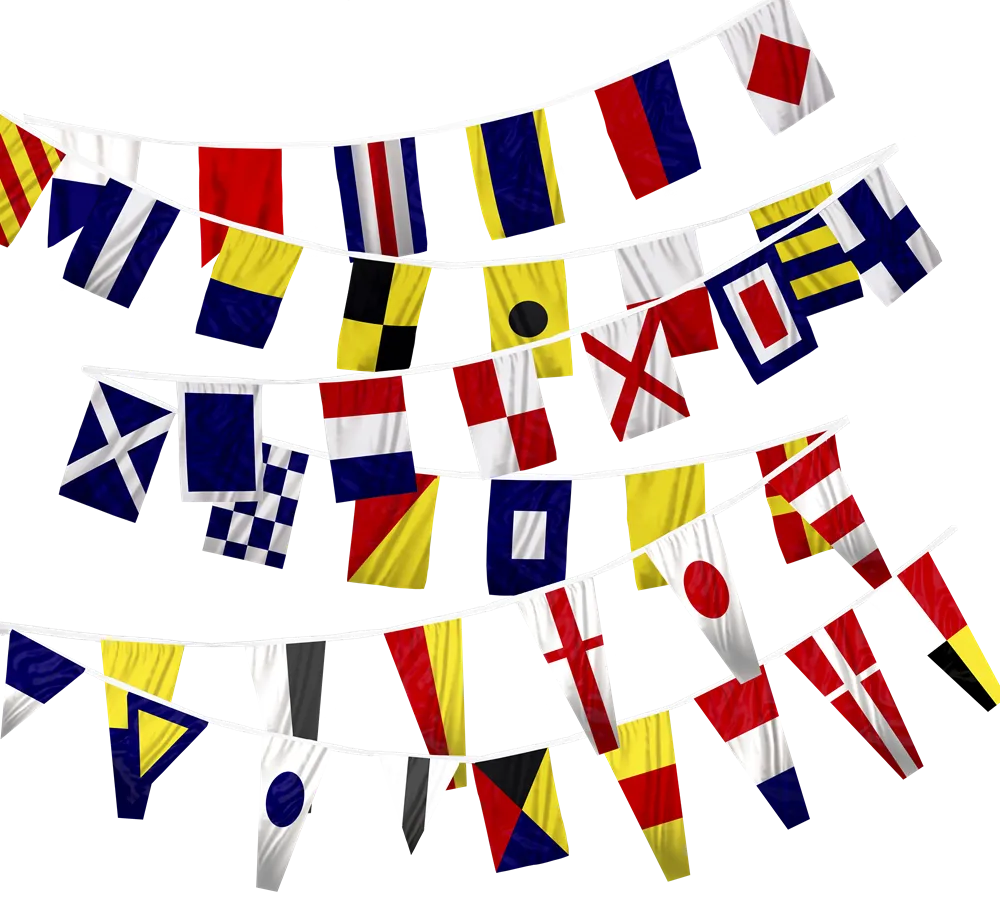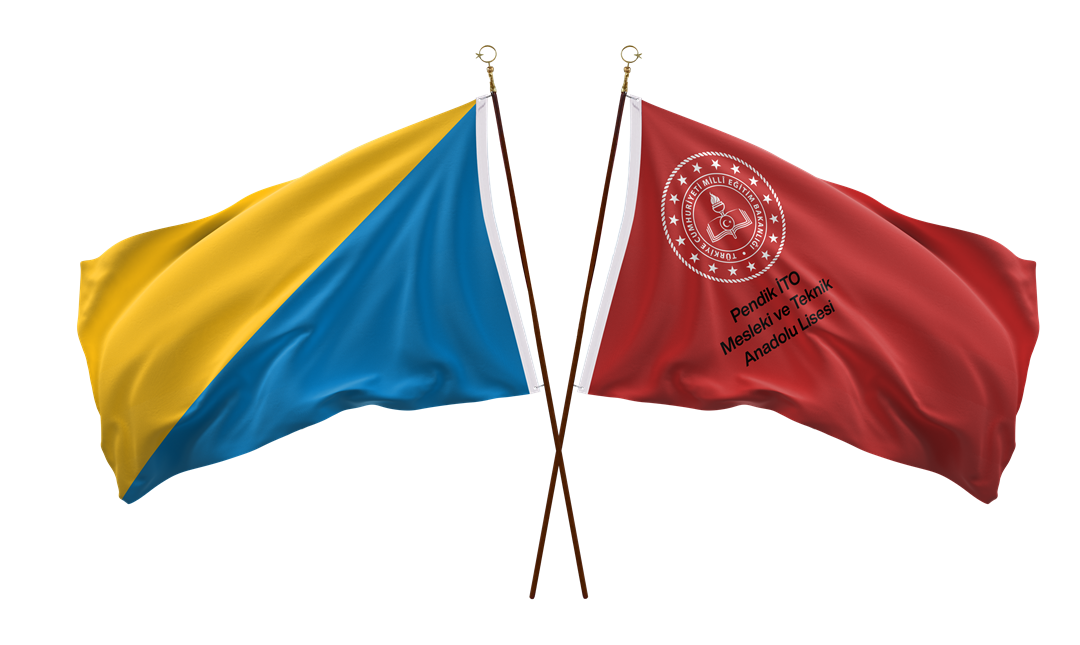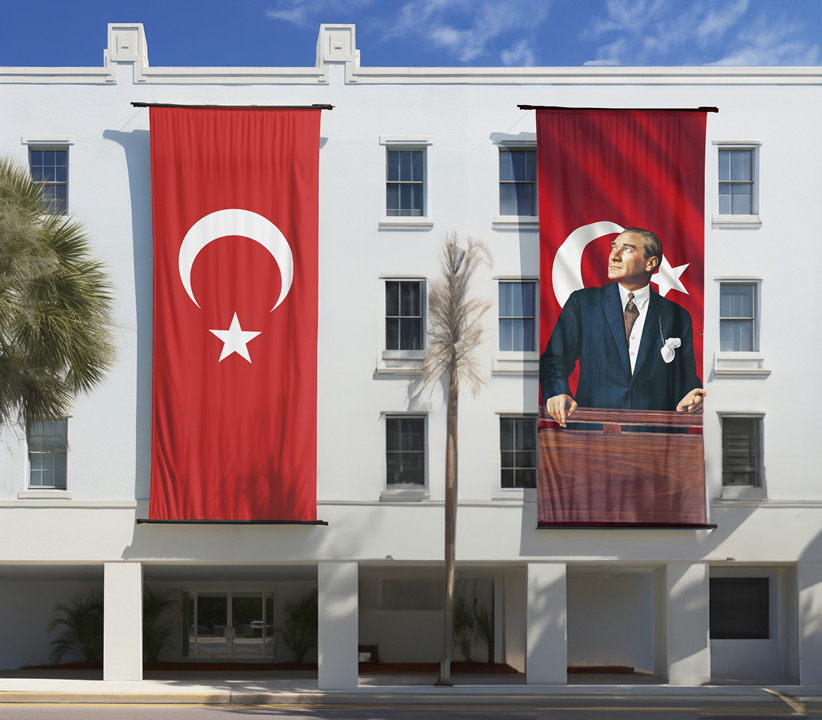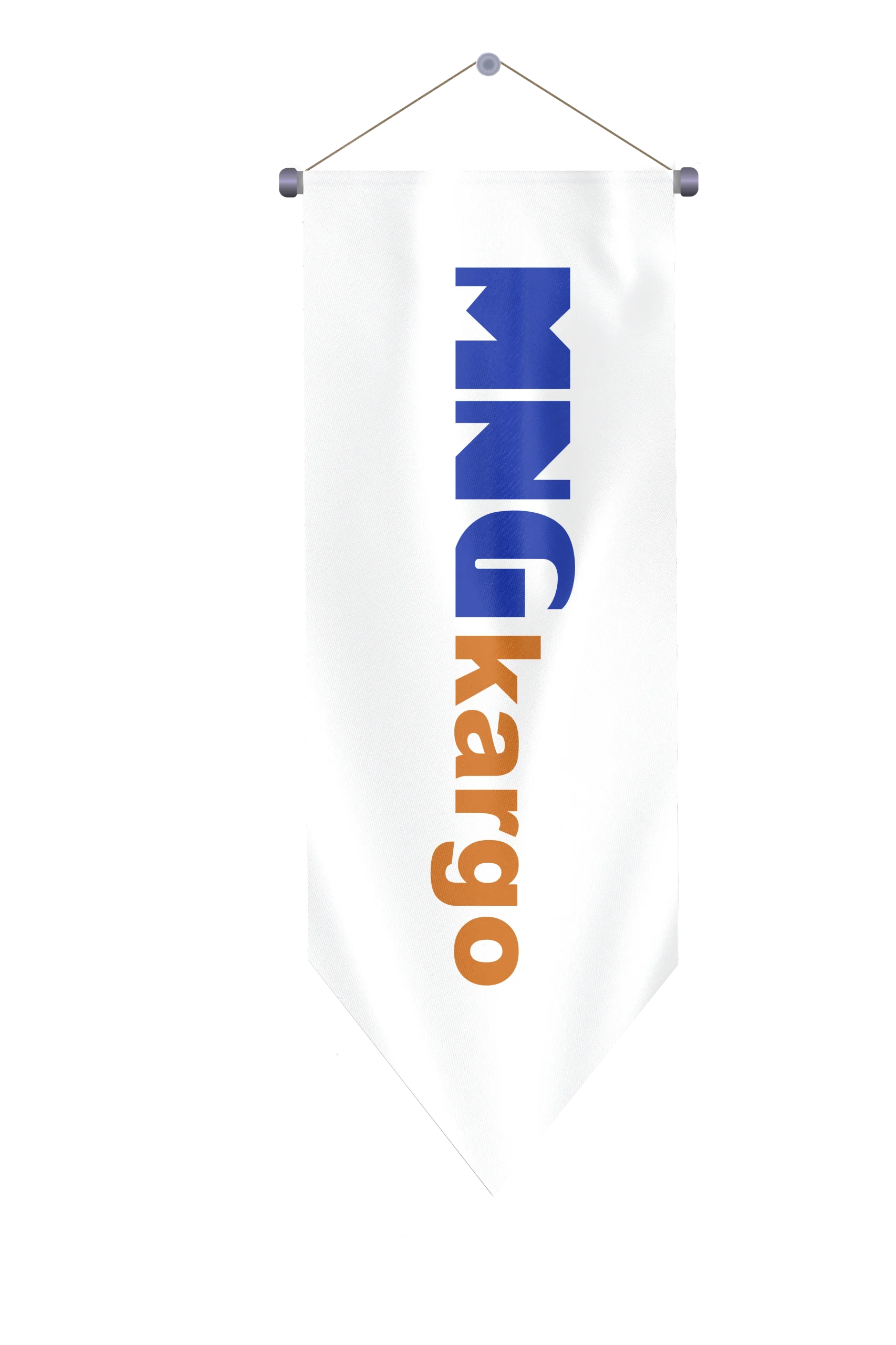Ghana Flag
Country flags are used both indoors and outdoors, from official ceremonies to various organizations. It is frequently supplied by consulates, associations, political parties, companies, hotels and fair organizations. Also known as state flags.
- All 3 sides of our products are produced using the double needle technique as standard.
- Extra column reinforcement to the roving section is provided as standard in large sizes.
- It is folded individually and packaged with gelatin.
History of the Ghanaian Flag
The Ghanaian flag, with its charming design, continues to inspire many countries. It features three horizontal stripes with a black star in the center. Designed based on the Ethiopian flag, the Ghanaian flag is historically significant. It was first adopted and used on March 5, 1957, with its colors and design inspired by the Ethiopian flag. During World War II, Ghana was under the control and colonial rule of various countries. Over time, local people and the government began to take steps towards both independence and the use of their own flag. The flag’s use of Pan-African colors, displayed in three horizontal stripes, is noteworthy.
The similarities among countries in the same geographic region are also mentioned. As one of the first African countries to gain independence, Ghana has placed great importance on its flag usage since those early days. The flag adopted on March 5, 1957, continues to be used in its original form without any restoration or changes. It is recognized both nationally and internationally. Although adopted on March 5, 1957, it was officially legalized and formally accepted as flag law in 1966.
Meaning of the Ghanaian Flag
The Ghanaian flag, officially and nationally recognized between 1957 and 1966, consists of three horizontal stripes. The top stripe is red, the middle stripe is yellow, and the bottom stripe is green. A black five-pointed star is centered on the yellow stripe. The red horizontal stripe symbolizes the sweat, tears, and blood shed for the country’s independence. It represents the sacrifices made for freedom and the efforts expended, symbolizing both the material and spiritual losses, while never losing hope for freedom. The green stripe at the bottom represents the rich vegetation and forests of the country, which are vital to the national economy. The yellow stripe in the middle represents the country’s mineral wealth.
In addition to forests, the rich mineral resources also play a significant role in the country’s economy. Besides these physical and material symbols, the black five-pointed star on the flag signifies the country’s stance against colonialism. It symbolizes the determination of the Ghanaian people to avoid being subjected to colonial rule and to assert their independence. Previously, under British rule, the Ghanaian flag used to feature the British flag. However, after gaining full independence, Ghana began to use its own flag.
Dimensions of the Ghanaian Flag
As with all flag models, various sizes are available for the Ghanaian flag. We promptly produce flags in all required sizes according to their usage areas.
Uses of the Ghanaian Flag
After gaining independence, the use of the Ghanaian flag has become even more important. Like in all countries, flag usage in African countries expands significantly after independence. Within the country’s borders, the flag is used extensively to convey spiritual values and reinforce national sentiments. It is also used for advertising, promotions, and publicity in different countries, including Turkey. The flag is used in school promotions, tourism promotions, travel and insurance promotions, educational promotions, and national spiritual promotions.
